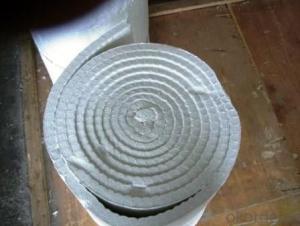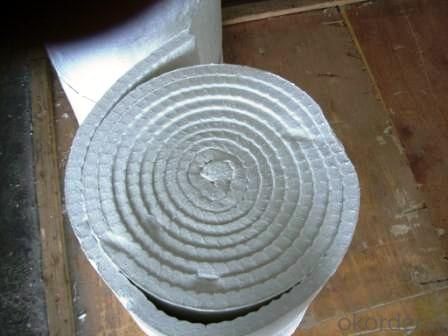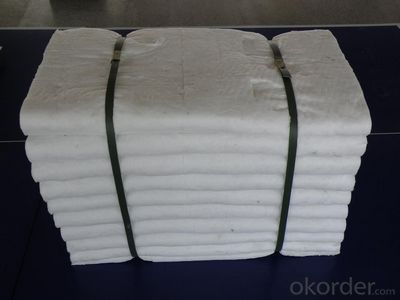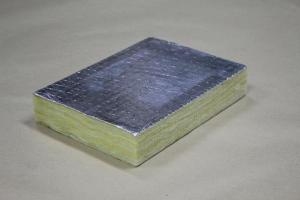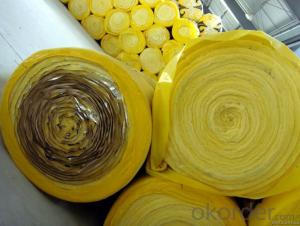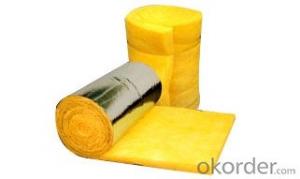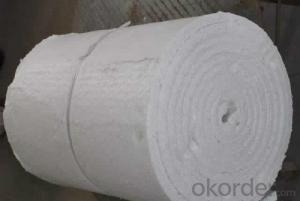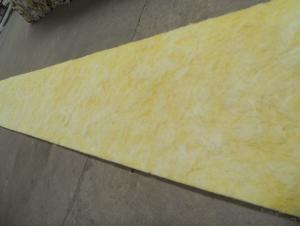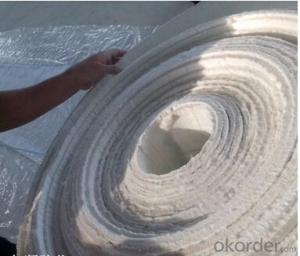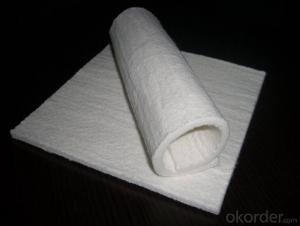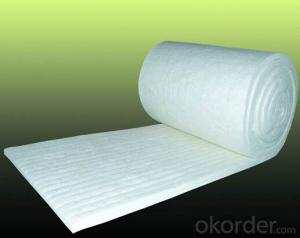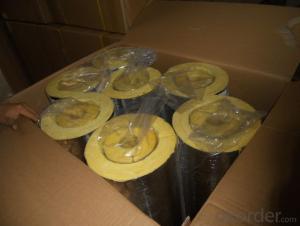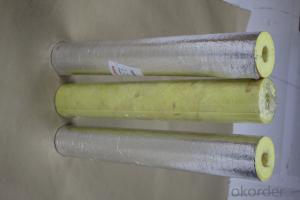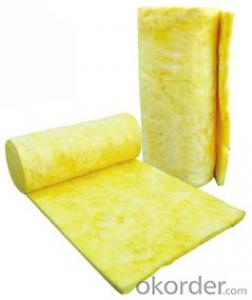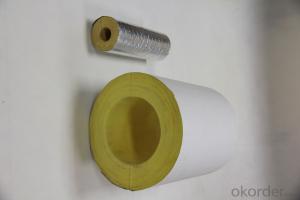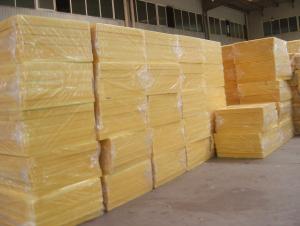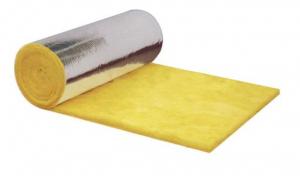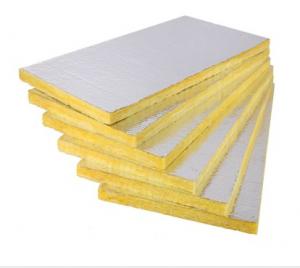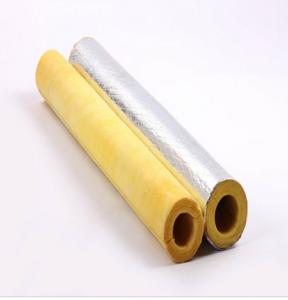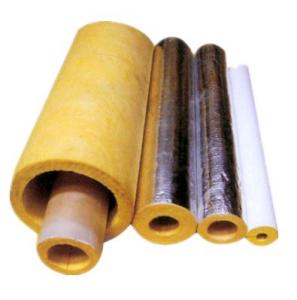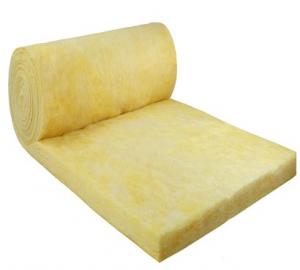High Purity Glass Wool Ceramic Fiber from Clay Clinker
- Loading Port:
- China main port
- Payment Terms:
- TT OR LC
- Min Order Qty:
- 50 m
- Supply Capability:
- 5000 m/month
OKorder Service Pledge
OKorder Financial Service
You Might Also Like
Technical Data of ceramic fiber cotton
Type | Common | Standard | High Purity | High-aluminium | Zirconium | |
Classification temperature (°C) | 1100 | 1260 | 1260 | 1360 | 1430 | |
Working Temperature (°C) | <1000< span=""> | 1050 | 1100 | 1200 | 1350 | |
Color | white | white | white | white | white | |
Fiber diameter (um) | Blown | 2-3 | 2-3 | 2-3 | 2-3 | 2-3 |
Needled | 3-4.5 | 3-4.5 | 3-4.5 | 3-4.0 | 3-4.0 | |
Chemical composition | AL2O3 | 44 | 46 | 47-49 | 52-55 | 39-40 |
AL2O3+SIO2 | 96 | 96 | 99 | 99 | - | |
AL2O3+SIO2+ZrO2 | - | - | - | - | 99 | |
ZrO2 | - | - | - | - | 15-17 | |
Fe2O3 | <1.2< span=""> | <1.0< span=""> | 0.2 | 0.2 | 0.2 | |
Na2O+K2O | ≤0.5 | ≤0.5 | 0.2 | 0.2 | 0.2 | |
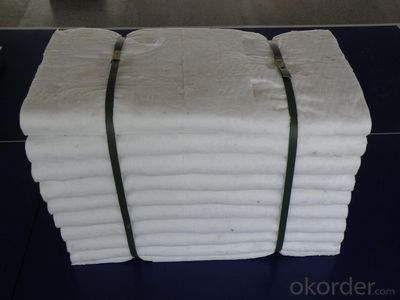
Remarks: The data above is for reference. The Max. temperature depends on the using conditions.
Product Description:
CeramicLooseFiberis made by the melted raw materials at high temperature through resistance furnace, before being blown or spun into fiber. As a neutral and acidic material, except reaction with the strong acid-alkali,refractoryceramic fiber won’t be eroded by other weak alkali, weak acids, or water, oil, steam, or be infiltrated with lead, aluminum or copper, featuring excellent flexibility and elasticity. Ceramic fiber is of smaller density, more than 75% lighter than insulation brick lining or 90% -95% lighter than lightweight castable lining, with thermal conductivity co-efficient to be 1/8 of the lightweight clay brick or 1/10 of lightweight heat-resistant lining (castable), and heat capacity to be 1/10 of both lightweight insulation lining and lightweight castable lining, thus to greatly lower energy loss and deliver significant energy-saving regenerative effects. Meanwhile, the ceramic fiber features a simple construction with no need of baking oven, shortened construction cycle and easy installation.
Low heat capacity and low thermal conductivity;
Excellent chemical stability;
Excellent thermal stability, resistance to pulverization at high temperature;
With no binders or corrosive substances;
Excellent sound absorption
Typical Application:
Raw material for fiber blanket, board products;
Raw material for fiber textile products;
Fillings for wall lining gap in high temperature furnace, heating device;
Raw material wet processed products;
Fiber spraying;
Castables;
Raw material for coatings;
Insulation fillings for corner and complex space.
- Q: what's the differences between glass wool roll mat and rock wool roll mat? does glass wool roll mat have any mandatory retest requirements or environmental requirements?
- Steel structure roof basically uses glass wool roll mat, because rock wool roll mat is six to ten times heavier than glass wool roll mat, light steel frame can't bear so much gravity, glass wool is more fluffy than rock wool, so it's thermal insulation effect is better, glass wool is cheaper than rock wool, the glass wool fire rating is A-level flame retardant, now people won't use the rock wool blanket, wall thermal insulation used rock wool board.
- Q: Does anyone know about the general unit weight of glass cotton color steel?plate?
- Glass cotton is the general term of fibrous silicate minerals which can be split into long and narrow flexible fibers. Glass cotton are manufactured to meet the requirement of large-area pave, apart from the unique thermal insulation property, they are good at fireproofing, shock and sound absorption which help to reduce noise pollution, and improve working environment. The thickness of rock wool board : 40 to100 mm. The unit weight is 80 to 150kg / m?. Glass wool can be processe into different products. The thickness: 25 to 100mm. The unit weight is 30 to 80kg.
- Q: Who knows the construction scheme of external wall thermal insulation glass wool ?
- Glass wool external wall thermal insulation construction scheme 2 main material preparation: A, glass wool insulation board (80mm thick) (30mm thick) B, anchorage (8X120) mm plastic rose nail C, sample plate. This place belongs to south podium buildings, where large-scale construction can only be carried out after checking and confirming of supervision main contractor from Party A . 3.6 Pre-construction preparation 3.6.1 Set control lines in necessary parts of the building external wall internal and external corners, holes and deformation joints and rustication. Snap the horizontal ink line on the holes of door and window, and the glass?wool?board in first procedure while controling levelness in construction. Set the horizontal control line in places with two vertical control lines to control the flatness in construction of glass?wool?board. 3.6.2 Except for the solid wall, the wall surfaces should be coated with cement mortar and the flatness, intensity and verticality of mortar surface should meet the requirements of relevant specification. Base plane should be smooth, firm, dry, clean, water and alkali resistance, chalking resistance, PH value
- Q: Choosing glass wool with proper thickness for piping insulation of Dn900 boiler room.
- It depends on the temperature of pipes. Steam pipes with 300 degrees should choose the thickness of 100mm, which is based on the national standard that pipeline’ skin should keep less than or equal to 50 degrees in temperature. While hot water pipes keep 40 to 50mm in this regard.
- Q: What is the construction process of external wall glass?wool?board?
- Construction method: First, fix the glass wool to the wall with insulation supporting pins to prevent falling. A vapor barrier must be built on the surface of glass wool in order to prevent moisture condensation in the air within the glass wool, which may lead to the decrease of thermal insulation performance.
- Q: Whose thermal insulation performance is the best between glass wool felts and cystosepiments?
- The construction methods are different. The cystosepiments are certainly better than glass wools. But cystosepiments are rigid plates, while the glass wool felts are soft. From the thermal insulation property,
- Q: How to construct when apply rock wool board to glass curtain wall?
- Base treatment--Coat interfacial agent on both sides of rock wool boards and the side - hang vertical line and flip the controlling line- Paste rock wool boards with the adhesive- Plastering the first rendering coat mortar--Pressing the alkali-resistant glass fiber mesh in it-- Anchoring rendering coat mortar composite alkali-resistant glass fiber mesh--Plastering the second rendering coat mortar and press alkali-resistant glass fiber mesh into it-- Plastering the third rendering coat mortar
- Q: What are the standards of glass wool board?
- The national standard of rock wool board for exterior wall in construction is GB / T25975-2010, rock wool board for curtain walls in construction is GB / T25975-2005, and industrial rock wool board is GB / T11835-2007. The above-mentioned criteria are the standards of using rock wool products in various industries! Rock wool board is specifically designed and produced for exterior thermal insulation thin plastering system. It can be applied to the cosntruction of concrete or brick based buildings or thermal insulation or energy-saving of the exterior walls of he existing buildings; Wherein rock wool belt for thermal insulation of exterior walls can also serves as fire buffer zone and it can be used with thermal insulation material whose combustion performance is below A level to improve the fireproof function of the exterior walls of the building.
- Q: What's the difference between glass?wool?board and rock wool board ?
- Glass wool is glass wool roll mat made through fibering of molten glass and then solidification by adding binder, and fibre?diameter of glass wool depends on centrifugation extrusion technology. The difference is the centrifugation techniques, TEL centrifugation technique of Saint-gobain Aesop who is the founder of glass wool, is the most popular technique currently. At present the domestic glass wool market is gradually expanding. Companies such as Quanhe Chemical Co., Ltd. in Dacheng have made significant contributions to promote glass wool. Rock wool board is artificial inorganic fibers made from basalt, and processed through melting in high temperature, with light weight, low heat conductivity coefficient , heat absorption, non-combustible characteristics. The initial development should be consistent with stipulation in Application types and basic requirements of building thermal insulation materials. It is generally used in industrial architectures. Pilot run succeeded in June 198. Rock wool board is new type of thermal insulating, fire retardant and sound absorbing material.
- Q: What is the construction technology of glass wool felt aluminium expanded sheet sound-absorbent wall?
- The the following details are about the construction technology and practices: Firstly, materials requirements: The main construction materials include asphalt felt, wood keel, gypsum board, glass wool roll mat, glass fiber cloth and perforated aluminum plate. Secondly, technological process: Dry laying a layer of asphalt felt →install wood keel → install gypsum board → paste glass wool felt → pave and nail a layer of glass fiber cloth.
Send your message to us
High Purity Glass Wool Ceramic Fiber from Clay Clinker
- Loading Port:
- China main port
- Payment Terms:
- TT OR LC
- Min Order Qty:
- 50 m
- Supply Capability:
- 5000 m/month
OKorder Service Pledge
OKorder Financial Service
Similar products
Hot products
Hot Searches
